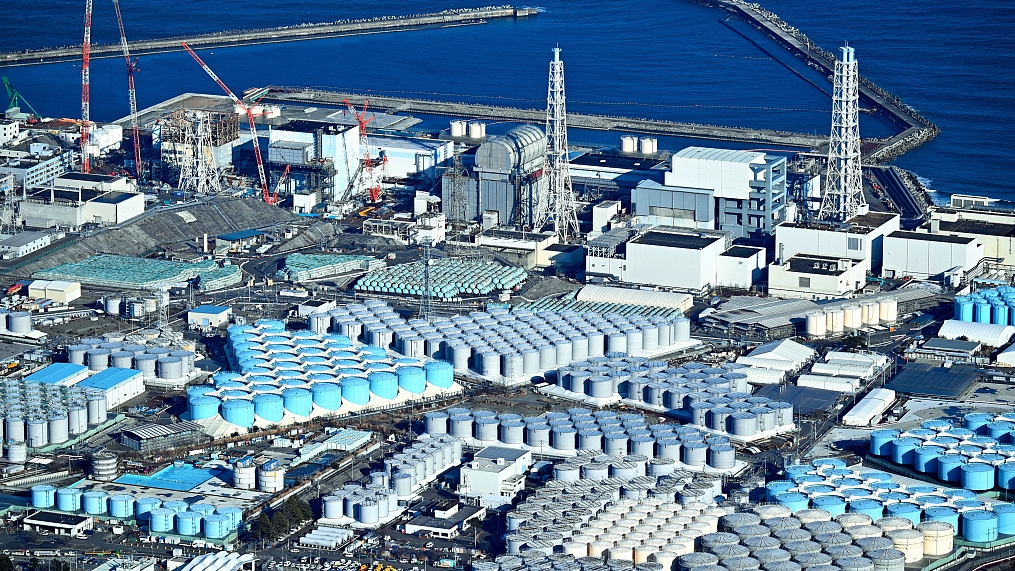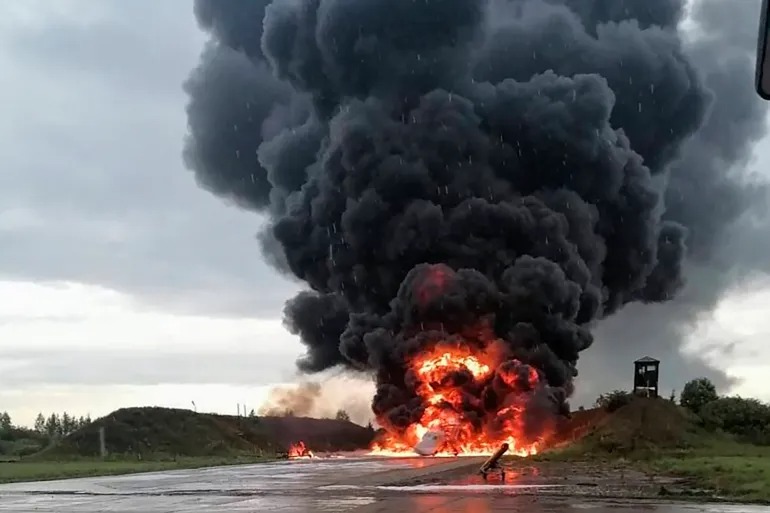In a bold and contentious move, Japan’s Prime Minister Fumio Kishida announced that the nation is poised to unleash over 1 million tonnes of treated radioactive water into the ocean from the dismantled Fukushima nuclear power plant. The decision, scheduled for August 24, has garnered worldwide attention and sparked heated debates regarding its potential environmental and economic implications.
Initial Discharge Amidst Safety Checks
Amidst vehement protests and global concerns, Japan’s Tokyo Electric Power Company (TEPCO), the operator of the Fukushima plant, unveiled its plans for a phased release of the treated radioactive water. Beginning with a conservative approach, TEPCO disclosed that the first discharge, totaling 7,800 cubic meters, will be carefully monitored and executed over approximately 17 days. This initial water batch will contain about 190 becquerels of tritium per liter, well below the World Health Organization’s safety threshold of 10,000 becquerels per liter.
Fishing Industry and Public Concerns Persist
Despite assurances of safety and adherence to international guidelines, domestic and global opposition to the plan remains resolute. The Japanese fishing industry, still recovering from the nuclear disaster, has expressed intense reservations about the release. Masanobu Sakamoto, the leader of the National Federation of Fisheries Cooperative Associations, emphasized the unchanging nature of their opposition. While acknowledging potential scientific safety, their overriding concern revolves around the detrimental impact on seafood reputation.
A Kyodo opinion poll highlighted the gravity of public concerns, revealing that a staggering 88.1 percent of surveyed residents expressed unease over the government’s decision to discharge treated radioactive wastewater into the ocean. This widespread apprehension underscores the deeply rooted fears and uncertainties surrounding the controversial plan.
International Responses and Monitoring Efforts
Japan’s decision has rippled beyond its borders, inciting responses from neighboring countries and international bodies. Hong Kong and Macao swiftly announced bans on products from Fukushima and several other prefectures in direct response to Tokyo’s declaration. China, too, took a decisive stance by prohibiting food imports from ten of Japan’s prefectures, including Fukushima, citing concerns about potential contamination.
South Korea, on the other hand, presented a nuanced perspective. While acknowledging the scientific and technical aspects of the release plan, the nation remained cautious and withheld full endorsement. South Korea’s Democratic Party chief, Lee Jae-myung, conveyed opposition to the discharge plan through diplomatic channels, urging cooperation with the international community to explore safer alternatives.
In light of the global scrutiny, the International Atomic Energy Agency (IAEA) stepped in to assuage concerns. Rafael Mariano Grossi, the director general of IAEA, affirmed the agency’s commitment to closely monitor the water release. The UN agency’s Fukushima-based office will actively oversee the process, ensuring alignment with safety standards, and will make real-time monitoring data and crucial information publicly available.
As Japan prepares to initiate the gradual release of treated radioactive water from the Fukushima plant, the world watches with a blend of apprehension and skepticism. The decision continues to trigger fervent debates, bringing to the forefront concerns about the environment, economy, and international relations. With opposition from various quarters, the success and aftermath of this plan remain uncertain, shrouding the fate of the Fukushima waters in a veil of controversy.
















